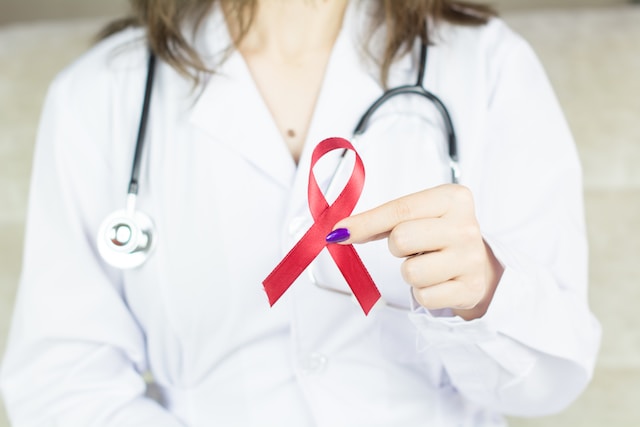Historically, HIV has been feared and stigmatized as a disease that inevitably develops into one that has no cure. Fortunately, with recent advancements in HIV treatment, it’s become treatable to the point where it can’t be spread between partners. It’s still as important as ever to get tested and get on a treatment plan, but there’s more hope once you receive the diagnosis. With the stigma that has surrounded HIV, many false rumors have been spread over time. Here’s the truth behind some of the most common misconceptions.
HIV Transmission Misconceptions
Unlike the common cold, HIV is not contagious through casual contact, such as hugging, shaking hands and sharing food. The primary ways HIV is spread are through unprotected sexual intercourse, sharing needles or from mother to child during childbirth or breastfeeding. Practicing safe sex is a sexually active person’s first line of defense against contracting or transmitting HIV.
Busting Myths about HIV and Stigma
While HIV has been associated with certain groups in the past, it has become apparent that the disease does not only impact people in the LGBTQ community and drug users. Anyone, regardless of their gender, age, sexual orientation, or lifestyle, can contract HIV. No matter what led to someone contracting HIV, it’s important to be compassionate and understanding to eradicate the stigma toward these individuals.
The Effectiveness of HIV Treatment
Some still believe HIV is a death sentence. However, there are now promising treatments available. Antiretroviral (ART) therapy can greatly improve the quality of life for HIV patients while potentially extending their lives with management of the virus. This therapy involves combining targeted drugs that slow down the replication of the virus, providing time for the immune system to recover and work to fend off other infections. With proper treatment, individuals with HIV can now manage the virus and live long, healthy lives.
HIV Prevention
HIV can be prevented with treatments and with safer sex and drug use practices. Pre-exposure prophylaxis (PrEP) treatments greatly reduce the risk of contracting HIV for those at a high risk of infection. There are multiple versions of PrEP treatments available, taken orally each day or through long-acting injections. Other versions of prevention, like using clean, new syringes to inject drugs and safer sex practices, should still be used to prevent HIV.
Living with HIV: Addressing Myths
Individuals living with HIV often deal with a burden of stigma. There should be no shame in living with HIV, but due to societal perceptions, the diagnosis itself can greatly impact the mental health of patients. When someone receives an HIV diagnosis, they need the support of loved ones and others in their lives. They need to know about all the available treatment options and that they can go on to live long, healthy lives, even with this virus.
Receiving an HIV diagnosis can be shocking, but as long as it’s caught early on, you can contract HIV and go on to live a long, healthy life. It’s important to get checked regularly, especially if you’re in a high-risk category. Infections Managed provides free, confidential HIV testing. Call us at (954) 776-9992 or contact us online to make an appointment.

